15 Stunning Wolf Dog Breeds (You Can Have as a Pet)
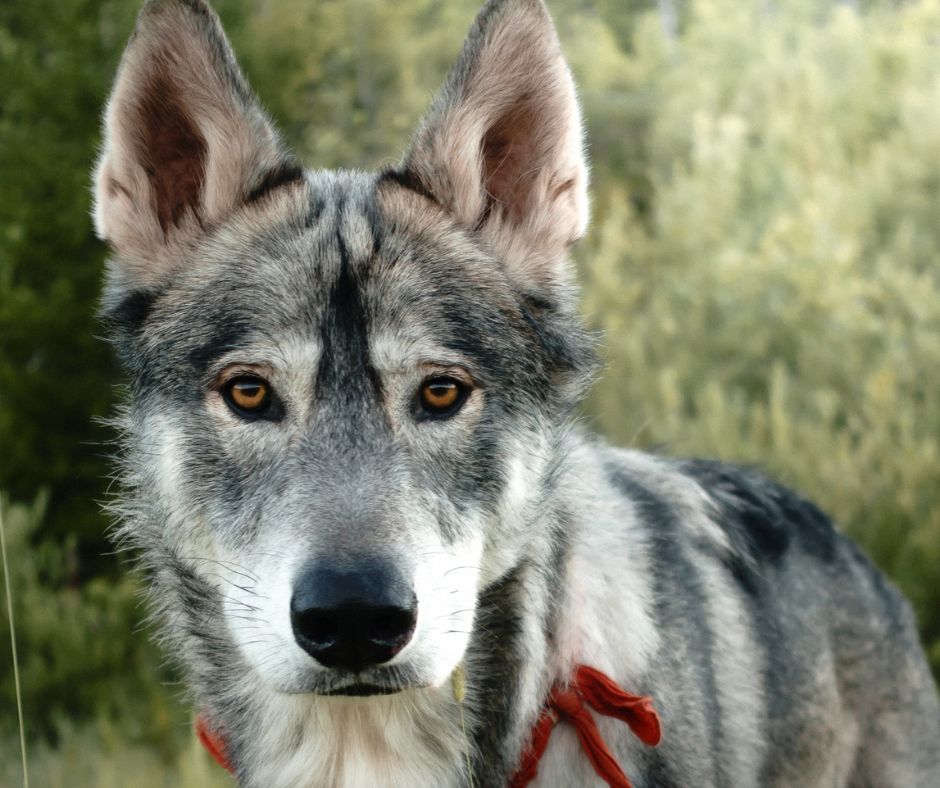
Browsing pet adoption sites late at night? Who could blame you for spending hours scrolling through adorable photos of Siberian Huskies, Tamaskans, or Alaskan Malamutes? We sure can’t. Suddenly, your eyes lock onto a majestic creature with a wild appearance, reminiscent of a wolf. But wait, is it really a wolf?
While all dogs can trace their roots back to wolves (surprise, surprise), it’s important to note that not all wolf-looking dogs are actually wolf dogs. Some breeds, like the Siberian Husky, simply have a wolfish appearance.
There are a ton of breeds out there, (and not all of them are recognized by the official kennel clubs). So, to make things a bit easier to navigate, we’ve broken it down into two main categories: wolf dogs with genuine wolf ancestry and those breeds that just have that wild, wolfish look.
Whether you’re simply here to gawk at their beauty or actively searching for a new furry family member, we’ve compiled everything you need to know about their temperament, exercise needs, and much more.
And because we know that choosing a pet is a big decision, we’ve even thrown in our own rating out of 10 on ease of ownership. (Because, let’s be honest, not everyone is ready for wolf dog ownership!)
Table of Contents
ToggleWhat is a Wolf Dog?
A wolf dog is the multi-generational breeding of a wolf dog to another wolfdog or dog. The vast majority of wolf dogs are actually 2, 3, or 4 generations removed from a pure wolf. In other words, their lineage includes one or more dogs between the pure wolf and the wolf dog.
Wolf Dog Breeds that look like wolves (and actually have recent wolf ancestry)
1. Saarloos Wolf dog
The Saarloos Wolfdog is a relatively new breed that was developed in the Netherlands in the 1970s. The goal was to create a wolf-like dog that would retain the best characteristics of both species. To do this, a German Shepherd was crossed with a Carpathian Wolf, a subspecies of the Eurasian Grey Wolf, resulting in a dog that shares many characteristics with both parent breeds.
Wolf-like Features: The Saarloos Wolfdog showcases a strong physical resemblance to its wolf ancestors, displaying a wolf-like demeanor, erect ears, and a dense coat. The breed’s stature is athletic, and its movements are fluid
Coat Colors and Patterns:Their coat, which is dense and straight, comes in a variety of colors including shades of wolf-grey, red, and white, with a well-defined mask.
Size and Weight: This is a large breed, with males typically weighing between 24-30 inches, weighing 79-90 pounds, and females are slightly smaller.
Temperament: Saarloos Wolfdogs have strong pack instincts and tend to form deep bonds with their human families. They can be reserved and even shy around strangers.
Exercise Needs: High – This breed has high energy levels and requires ample exercise to stay mentally and physically healthy. Activities like hiking, running, and playtime in a secure area are essential.
Health and Lifespan: Generally healthy with a lifespan of 10-12 years.
Ease of Ownership: 3/10 – Owning a Saarloos Wolfdog is not for the faint of heart and is generally not recommended for first-time dog owners. Their strong will, independence, and need for extensive exercise and socialization make them a challenging breed to own. However, for experienced owners who understand their needs and are committed to meeting them, a Saarloos Wolfdog can be a loyal, fascinating companion.
2. Czechoslovakian Wolf dog
The Czechoslovakian Wolfdog is a true wolf-dog hybrid breed, created in 1955 in Czechoslovakia as part of a military experiment. This breed is a cross between the Carpathian Wolf and the German Shepherd, designed to combine the trainability of a domestic dog with the strength and stamina of a wolf.
Wolf-like Features: With its strong, athletic build, erect ears, and bushy tail, the Czechoslovakian Wolfdog closely resembles its wolf ancestors. Its facial features and body structure are very much wolf-like, making it one of the dog breeds that most closely resembles a wolf.
Coat Colors and Patterns: The coat color typically ranges from yellow-gray to silver-gray, with a light mask and a black nose.
Size and Weight: Czechoslovakian Wolfdogs are a large breed, with males standing at 26-28 inches and weighing around 44-57 pounds, while females are slightly smaller.
Temperament: Czechoslovakian Wolfdogs are highly intelligent, but they also have a strong will and can be independent. They require a handler who can provide firm, consistent guidance and who understands their unique nature.
Exercise Needs: Extremely high – they need lots of space to roam and play.
Health and Lifespan: Generally healthy with a lifespan of 12-15 years.
Ease of Ownership: 4/10 – Owning a Czechoslovakian Wolfdog can be a challenge and is not recommended for first-time dog owners. They require a dedicated owner who understands the unique challenges of owning a wolf-dog hybrid, including their need for extensive exercise, training, and socialization. With the right owner, they can be loyal, intelligent, and impressive companions, but they require a significant commitment of time and resources.
3. Lupo Italiano (Italian Wolf Dog)
The Lupo Italiano, also known as the Italian Wolf Dog, is a hybrid between a wolf and a dog that was specifically created in Italy. The breed originated in the 1960s when a wild wolf was mated with a German Shepherd, with the intention of creating a dog that combined the wolf’s strength and endurance with the trainability of a domestic dog.
Wolf-like Features: Resembles a wild wolf with its muscular build, dense fur, and striking, piercing eyes.
Coat Colors and Patterns: Predominantly sports gray and fawn shades, blended seamlessly to create wolf-like markings.
Size and Weight: Males tip the scales at 70-100 pounds, while females are slightly lighter at 60-90 pounds.
Temperament: Known for their loyalty and protective nature, these dogs have strong pack instincts. They can be reserved and wary around strangers, making early socialization crucial.
Exercise Needs: This breed has high energy levels and needs plenty of space to run and play, along with mental stimulation to keep them engaged.
Health and Lifespan: Generally, a healthy breed with a lifespan ranging from 10 to 13 years.
Ease of Ownership: 3/10 Owning a Lupo Italiano is a significant commitment. Their strong will, independence, and need for extensive exercise and mental stimulation make them a challenging breed to own. They are best suited to experienced owners who can provide them with the necessary training, socialization, and exercise. For the right owner, they can be a loyal, intelligent, and energetic companion, but they require a lot of time, patience, and understanding.
Dogs that Look Like Wolves (But have no recent wolf ancestry)
4. Northern Inuit Dog
the United Kingdom in the 1980s. The breed was created by crossing Siberian Huskies, German Shepherds, Alaskan Malamutes, and Canadian Eskimo Dogs. The goal was to create a dog that resembled the wolf in appearance, but had the temperament and trainability of a domestic dog. Northern Inuits were bred to resemble wolves and do not have direct wolf ancestry.
Wolf-like Features: A broad head with a pronounced muzzle, large, erect ears, a thick double coat of fur, a curled tail, and a gait similar to that of a wolf.
Coat Colors and Patterns: Predominantly wolf-gray, but can vary.
Size and Weight: Northern Inuit Dogs are medium to large dogs, with males typically weighing between 85 and 110 pounds and females typically weighing between 65 and 85 pounds. They stand between 22 and 28 inches tall at the shoulder.
Temperament: Northern Inuit Dogs are highly intelligent and trainable dogs. They are quick learners and eager to please their owners. However, they can also be stubborn and independent at times, so it is important to be consistent with their training.
Exercise Needs: Northern Inuit Dogs are active dogs and require regular exercise. They should be given at least 60 minutes of exercise per day, which can include walks, runs, hikes, or playtime in a fenced-in yard.
Health and Lifespan: Generally healthy with a lifespan of 12-14 years.
Ease of Ownership: 4/10 – The Northern Inuit Dog is a stunning breed with its wolf-like features, but it’s not the easiest to handle, especially for first-time dog owners. Their high energy levels demand extensive exercise and mental stimulation. While they are intelligent, their independent nature can make training a challenge, necessitating a firm and consistent approach. Additionally, their strong prey drive means they might not be the best fit for households with smaller pets.
5. American Alsatian
Developed in California in the 1980s, this breed was specifically designed to resemble the now-extinct and iconic Dire Wolf of ancient lore, a large predator that roamed much of Europe during prehistory. Interestingly, despite their wild appearance, American Alsatians do not have any wolf content. They are a product of careful and deliberate breeding, primarily involving Alaskan Malamutes, German Shepherds, and Great Pyrenees, among other breeds.
Wolf-like Features: Large and imposing, with a thick coat and soulful eyes.
Coat Colors and Patterns: They have a thick coat of fur that is usually gray, black, or tan in color.
Size and Weight: They are a large breed, with males typically weighing between 90-120 pounds and standing around 25-28 inches tall at the shoulder. Females are generally a bit smaller. American Alsatians also have a broad head, large ears, and a powerful jaw.
Temperament: This breed is intelligent and responds well to training, though they can have a calm, laid-back attitude.
Exercise Needs: Moderate. They are not as high-energy as some other breeds, but they do enjoy engaging in activities with their owners.
Health and Lifespan: Generally healthy with a lifespan of 12-14 years.
Ease of Ownership: 7/10 – American Alsatians are relatively easier to own than some other large breeds, thanks to their calm demeanor and loyalty to their families. They do require regular exercise, grooming, and socialization, but their intelligence and trainability make them a good fit for families and individuals alike. Their size and need for space might not make them suitable for apartment living.
6. Tamaskan Dog
The Tamaskan Dog is a relatively new breed of dog, having been developed in the United Kingdom in the early 1990s. The breed was developed by Lynn Hardey and her daughter, Jennie Peacock. They were inspired by the wolf-like appearance of the Northern Inuit Dog, but they wanted to create a breed that was more stable in temperament and easier to train. They began by crossing Siberian Huskies and Alaskan Malamutes. Then, they added German Shepherd and Canadian Eskimo Dog to the mix to improve the breed’s trainability and working ability.
Wolf-like Features: Strikingly wolf-like with their straight back, thick fur, and bushy tail.
Coat Colors and Patterns: Commonly wolf-gray, black-gray, and red-gray with no white markings on the face.
Size and Weight: Tamaskans are large dogs, with males standing between 25-28 inches tall at the shoulder and weighing around 66-99 pounds. Females are slightly smaller, standing between 24-27 inches and weighing around 50-84 pounds.
Temperament: Very intelligent and eager to please, making them relatively easier to train.
Exercise Needs: High – they require regular, strenuous activity. With high energy levels and a need for mental stimulation, Tamaskans require plenty of exercise and activities to keep them happy and healthy. They thrive in environments where they can run, play, and explore.
Socialization and Training: Early and consistent socialization is crucial for Tamaskans to ensure they are well-adjusted and comfortable in different environments. They are generally good with children and other dogs but should be socialized from a young age.
Health and Lifespan: Generally healthy with a lifespan of 12-15 years.
Ease of Ownership: 6/10 – Tamaskans are a joy to have for experienced dog owners who understand their needs and are committed to providing the necessary training, exercise, and socialization. However, they might be a challenge for first-time owners or those unfamiliar with high-energy, intelligent breeds.
8. Alaskan Malemute
The Alaskan Malamute, one of the oldest Arctic sled dog breeds, carries a striking resemblance to its wolf ancestors, despite not being a direct hybrid. Bred for their strength and endurance to haul heavy freight, they are robust and resilient animals.
Wolf-like Features: Alaskan Malamutes showcase a powerful build and have a thick coat, erect ears, and a bushy tail carried over their back. Their facial markings and well-muscled body contribute to their wolf-like appearance.
Coat Colors and Patterns: They sport a dense double coat that can come in various color shades including black, sable, red, or gray, always combined with white. Their coat is suited for extreme cold temperatures.
Size and Weight: This is a large breed, with males typically weighing between 85-100 pounds and standing at about 25 inches at the shoulder. Females are slightly smaller but still robust.
Temperament: Alaskan Malamutes are intelligent, but they also have a strong will of their own and can be stubborn. Training requires patience, consistency, and an understanding of the breed’s nature.
Exercise Needs: They have high energy levels and need plenty of exercise. Without adequate physical activity, they can become bored, leading to destructive behavior.
Health and Lifespan: Generally healthy with a lifespan of 10-14 years.
Ease of Ownership: 6/10 – Owning an Alaskan Malamute can be challenging, especially for those who are not prepared to handle a large, energetic, and strong-willed dog. They require a committed owner who understands their need for exercise, mental stimulation, and strong leadership. With the right training and care, they can be loyal and affectionate companions, capable of forming strong bonds with their human pack. However, their size, energy levels, and independent nature make them a better fit for experienced dog owners.
9. Swedish Vallhund
Originating from Sweden and often referred to as the “Viking Dog,” the Swedish Vallhund is a robust, wolf-like breed that exudes strength and agility. Despite its small stature, this breed packs a punch with its muscular body and intelligent, alert expression. The Swedish Vallhund is believed to be an ancient breed, dating back over a thousand years, with origins tied to local Swedish spitz-type herding dogs and possibly Corgis brought over by the Vikings.
Wolf-like Features: The Swedish Vallhund has a captivating wolf-like appearance, thanks to its wedge-shaped head, pointed ears, and bushy tail that can either be long or curled over its back.
Coat Colors and Patterns: This breed boasts a dense, medium-length coat that can come in various shades including grey, red, sable, and brown. The Vallhund also features unique markings and a noticeable “harness” pattern across its back.
Size and Weight: Standing at 12 to 16 inches at the shoulder, the Swedish Vallhund is small to medium in size. Its weight ranges from 20 to 35 pounds, making it a manageable size for most households.
Temperament: Known for its sociable and friendly nature, the Swedish Vallhund thrives in family environments and enjoys being an integral part of the household. It gets along well with children and other pets, especially with proper socialization.
Exercise Needs: As an active and energetic breed, the Swedish Vallhund requires regular exercise to stay content and healthy. Daily walks, play sessions, and mental stimulation are essential.
Health and Lifespan: The Swedish Vallhund is a generally healthy breed with a potential lifespan of up to 15 years or more.
Ease of Ownership: 8/10. The Swedish Vallhund makes a wonderful pet for active individuals or families, thanks to its manageable size, intelligent nature, and social demeanor. While it does have strong herding instincts and requires consistent exercise and mental engagement, its eagerness to please and trainability make it a rewarding companion for those up for the challenge.
10. Greenland Dog
Originating from the Arctic regions and used primarily as a sled dog, the Greenland Dog is a robust and sturdy breed that shares a striking resemblance to wolves. Despite not being a wolf-dog hybrid, its physical characteristics and working nature have often drawn comparisons to its wild ancestors.
Wolf-like Features: Greenland Dogs possess a powerful and muscular build, erect ears, and a bushy tail that curls over their back. Their wolf-like face, coupled with their sturdy physique, gives them a wild and primitive appearance.
Coat Colors and Patterns: Their thick double coat is designed to protect them from harsh Arctic conditions, coming in various colors including black, gray, and white, with possible facial markings that enhance their wild look.
Size and Weight: This is a large breed, with males typically weighing between 66-70 pounds and standing at about 22-25 inches tall at the shoulder. Females are generally a bit smaller.
Temperamenet: They are intelligent and have a good understanding of their tasks as working dogs. However, their independent nature can make them appear aloof and stubborn, requiring a handler who can establish themselves as the pack leader.
Exercise Needs: Greenland Dogs are high-energy and require ample exercise, thriving in environments where they can put their strength and stamina to use, such as pulling sleds.
Lifespan: The Greenland Dog has a lifespan of around 12-14 years.
Ease of Ownership: 4/10 – Owning a Greenland Dog can be challenging, particularly for those unfamiliar with working breeds or those looking for a laid-back pet. Their need for extensive exercise, along with their independent nature, makes them more suited to experienced dog owners, preferably in environments where they can fulfill their working instincts. However, for the right owner, they can be loyal, hardworking companions, dedicated to their tasks and their human pack.
11. Canadian Eskimo Dog
One of North America’s oldest and rarest purebred indigenous domestic canines, the Canadian Eskimo Dog, also known as Qimmiq in Inuktitut, has a history closely tied to the Inuit peoples. Though not a wolf-dog breed, its wolf-like appearance often leads to such misconceptions.
Wolf-like Features: With their powerful build, thick double coat, and bushy tail that curls over the back, Canadian Eskimo Dogs exude a wild and majestic presence. Their wedge-shaped head and erect ears add to their wolf-like appearance.
Coat Colors and Patterns: The breed’s coat can come in a variety of colors including white, black, grey, and red.
Size and Weight: As a larger breed, Canadian Eskimo Dogs stand at about 20 to 27.5 inches at the shoulder, with males being significantly larger than females. Their weight ranges from 40 to 88 pounds, showcasing their robust and muscular physique.
Temperament: True to their sled dog heritage, Canadian Eskimo Dogs have strong pack instincts and thrive in environments where they can interact with their human family or other dogs. They form deep bonds with their owners and can be quite protective.
Exercise Needs: With energy to spare, Canadian Eskimo Dogs require ample exercise to stay happy and healthy. They excel in activities that challenge them physically and mentally, such as sledding, skijoring, and agility.
Health and Lifespan: Generally healthy, the Canadian Eskimo Dog has a lifespan of 10 to 15 years.
Ease of Ownership: 6/10. While the Canadian Eskimo Dog makes a loyal and loving companion for the right owner, their high energy levels, protective instincts, and need for regular exercise make them a challenging breed for first-time dog owners or those living in smaller spaces. With proper training, socialization, and plenty of activity, however, they can be a rewarding addition to an experienced and active household.
12. Akita
The Akita is a large and powerful dog breed with a noble and intimidating presence. Originally from Japan, they were bred for hunting big game such as bear, boar, and deer. While not a wolf-dog or closely related to wolves, their robust physique and wild appearance often draw comparisons.
Wolf-like Features: Akitas have a bear-like face with small triangular eyes, erect ears, and a large head, all of which contribute to their wolf-like appearance.
Coat Colors and Patterns: Their coat can come in a variety of colors, including white, brindle, and pinto, with a range of patterns and markings. The coat is short but dense, providing ample protection against harsh weather.
Size and Weight: Akitas are a breed, with males typically weighing between 100-130 pounds and standing at about 26-28 inches at the shoulder. Females are generally smaller.
Lifespan: The Akita has a lifespan of around 10-15 years.
Temperament: Akitas are known for their loyalty and deep bond with their families. They tend to be reserved and dignified, often showing a quiet, yet alert and protective nature. While they can be loving and affectionate with their family members, Akitas are often aloof and wary around strangers, making socialization crucial from a young age.
Exercise Needs: They have moderate energy levels but require regular exercise to stay fit and stimulated. They enjoy activities such as walking, running, and playing.
Ease of Ownership: 5/10 Owning an Akita requires commitment and an understanding of the breed’s characteristics. They are not the best choice for first-time dog owners due to their strong will and potential for dominance. However, for those who can provide them with the necessary training, socialization, and exercise, Akitas can be loyal, loving, and dignified companions. They form strong bonds with their family and are known for their protective nature.
13. Siberian Husky
Originating from Siberia, the Siberian Husky is a breed well-known for its incredible endurance and strength, traits honed through its history as a sled dog. Despite not being a wolf-dog hybrid, its wolf-like features have made it a popular choice for those drawn to wild-looking breeds.
In 1908, a group of Siberian Huskies made headlines when they were used in the first All-Alaska Sweepstakes race. The race was a grueling 408-mile journey across the frozen Alaskan wilderness, and the Siberian Huskies proved to be the perfect breed for the job. They were fast, strong, and had a natural endurance that allowed them to cover long distances without tiring.
Wolf-like Features: The Siberian Husky bears a strong resemblance to wolves with its thick coat, erect triangular ears, and captivating blue or multi-colored eyes. They move with a graceful, agile gait similar to that of a wolf.
Coat Colors and Patterns: Their dense double coat can come in a variety of colors, ranging from black to pure white, and including shades of grey, brown, and red. They often have distinctive markings and facial masks that add to their wolf-like appearance.
Size and Weight: This is a medium-sized breed, with males typically weighing between 45-60 pounds and standing at about 21-23.5 inches tall at the shoulder. Females are generally slightly smaller.
Temperament: Siberian Huskies are known for their friendly, outgoing, and playful personalities. They are also intelligent and trainable. However, they can also be stubborn and independent at times.
Exercise Needs: With their high energy levels and stamina, Siberian Huskies require plenty of exercise. They excel in activities that allow them to burn off energy, like running and pulling sleds.
Health and Lifespan: Generally healthy with a lifespan of 10-12 years.
Ease of Ownership: 6/10 Siberian Huskies can be a challenging breed to own, particularly for first-time dog owners. Their independent nature and need for extensive exercise can be daunting, but for those who understand and meet their needs, they can be wonderful pets. They are affectionate, good-natured, and have a playful sense of humor, making them a delightful addition to the right home.
14. Shikoku Dog
Shikoku dogs, also known as Kochi-ken, are an ancient Japanese dog breed originating from the island of Shikoku in the eighth century. They were originally bred for hunting wild boar and deer in the mountainous regions of the island.
Shikoku dogs were highly valued for their hunting skills and were often used by royalty and aristocrats for hunting expeditions. However, their popularity declined with the introduction of firearms in the late 1800s, and the breed nearly became extinct.
Fortunately, a few dedicated breed enthusiasts worked tirelessly to save the Shikoku dog from extinction. They traveled throughout the remote mountain villages of Shikoku Island to locate and rescue purebred Shikoku dogs.
The breed slowly regained popularity, and the Japanese government designated them as a national monument in 1937.
Wolf-like Features: The Shikoku has a distinct, wild look with its sharp, fox-like features, erect ears, and agile build. Their eyes are small, dark, and triangular, and their expression is keen and intelligent, contributing to their wolf-like appearance.
Coat Colors and Patterns: Shikoku dogs have a double coat that can come in sesame (red with black-tipped hairs), black and tan, or red. The coat is harsh and straight, with a softer underlayer.
Size and Weight: The breed is medium-sized, with males weighing around 35-55 pounds (16-25 kg) and standing about 17-21 inches at the shoulder. Females are slightly smaller.
Temperament: This breed is highly intelligent and learns quickly, but they can also be independent and stubborn. Consistent, positive training methods and early socialization are crucial for this breed.
Exercise Needs: Shikokus are active and energetic dogs that require plenty of exercise to stay happy and healthy. They enjoy activities like hiking, running, and playing, and they excel in dog sports like agility.
Lifespan: The average lifespan of a Shikoku is around 10-12 years.
Ease of Ownership: 6/10 The Shikoku can be a challenging breed for a first-time dog owner due to their high energy levels, intelligence, and independent nature. They require an owner who can provide them with plenty of exercise, mental stimulation, and consistent training. Their grooming needs are moderate, with regular brushing required to keep their coat in good condition.
15. Kunming Dog
Originating from China, the Kunming Dog is a breed developed primarily for military and police work. It is believed to have been created in the 1950s by crossing the German Shepherd with local Chinese breeds, and potentially with some wolf content, although this is not confirmed.
Wolf-like Features: Kunming Dogs bear a resemblance to German Shepherds, and therefore also share some wolf-like physical traits. They have a strong, athletic build, a straight back, and a bushy tail, with alert ears and an intelligent expression.
Coat Colors and Patterns: Their short, dense coat typically comes in shades of black and tan, much like the German Shepherd.
Size and Weight: Kunming Dogs are a large breed, with males standing at 25-27 inches tall, weighing around 66-84 pounds. Females are slightly smaller.
Temperament: Kunming Dogs are highly intelligent and trainable, making them well-suited to their roles in law enforcement and the military. They respond well to training and are eager to please, although they do require a handler who can provide firm, consistent guidance.
Exercise Needs: Moderate to high. They thrive in environments where they can stay busy and engaged.
Health and Lifespan: Generally healthy with a lifespan of 10-12 years.
Ease of Ownership: 5/10 – Owning a Kunming Dog can be challenging, particularly for first-time dog owners or those not familiar with working breeds. They require a significant amount of exercise, training, and mental stimulation, and they do best with an owner who can provide strong leadership and has experience with working dogs. They are not typically recommended as family pets, but with the right training and socialization, they can be loyal and dedicated companions.
Does Your Dog Have Wolf in it?
There are DNA tests available that help owners determine the amount of wolf blood in the wolf dog. Embark is the most accurate and reliable dog DNA testing to allow you to get a breakdown of your dogs breed mix.
Do Wolf dogs Make good Pets?
Wolf-dog hybrids have been gaining in popularity in recent years, as people become more interested in owning a pet with an exotic background. However, before you purchase a wolf-dog hybrid, it is important to do your research and make sure that this type of pet is right for you.
Wolf-dogs are notoriously difficult to train, with incredibly destructive behavior and they require a great deal of exercise. In addition, they often become anxious and stressed when kept in small spaces.
If you are prepared to commit to the time and effort required to care for a wolf-dog hybrid, then this may be the right pet for you. However, if you are looking for a low-maintenance pet, you might want to consider another option.
Wolf dog Breeds that Look Like Wolves
We consider ourselves incredibly fortunate to be able to give our wolf dog a fulfilling life. As companions, wolf dogs require a level of commitment and attention that exceeds that of most traditional pets. However, the rewards are well worth it.
Wolf dogs are intelligent and loyal animals that can form deep bonds with their owners. They are also highly social creatures that crave companionship, making them unsuitable for people who cannot devote the necessary time and resources to their care.
Despite the challenges, we believe that our wolf dog has enriched our lives in countless ways, and we feel privileged to be able to provide him with the love and attention he deserves.
More Wolf Dog Resources on the Blog:

Learn More About Wolves + Wolf Dog Breeds:
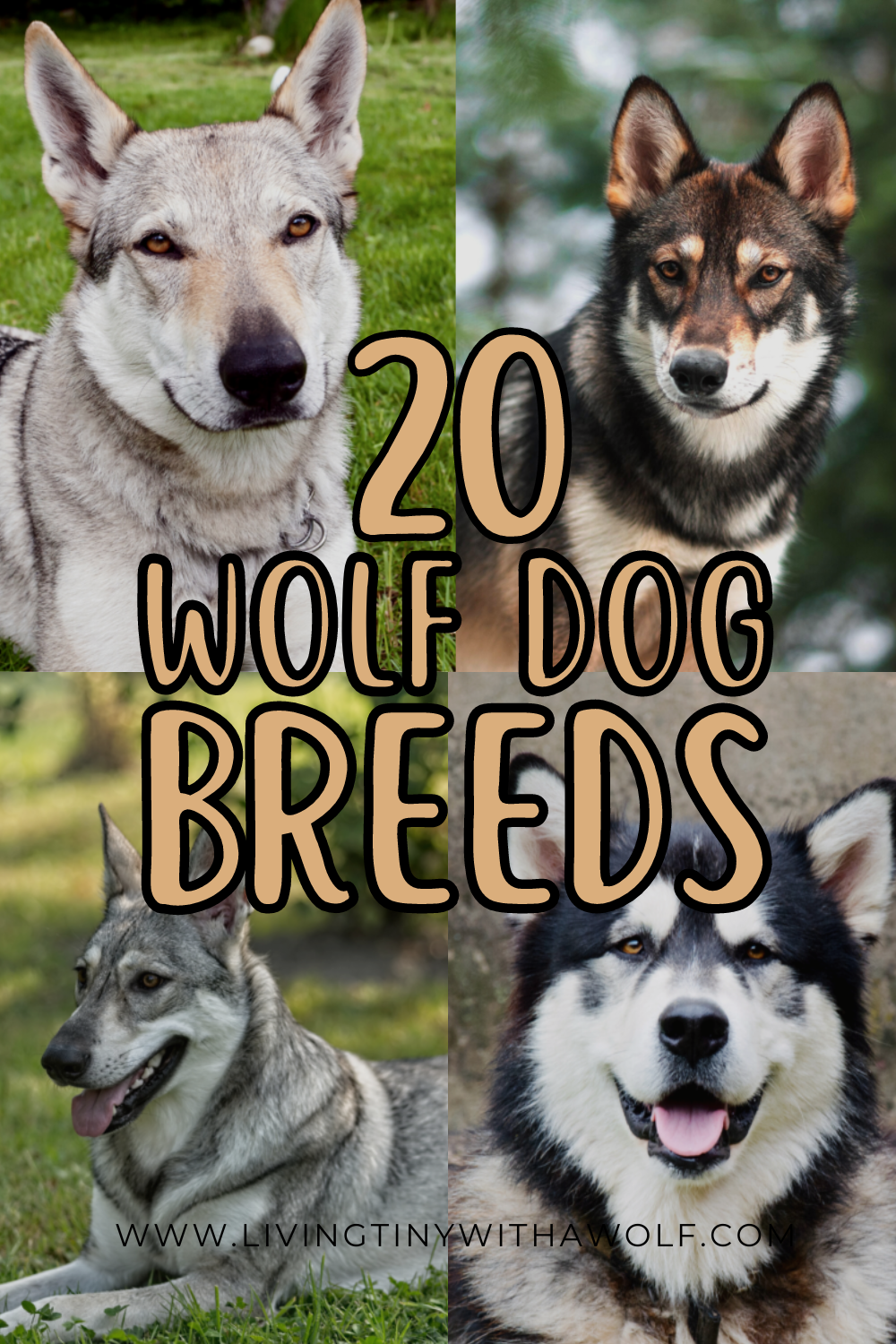
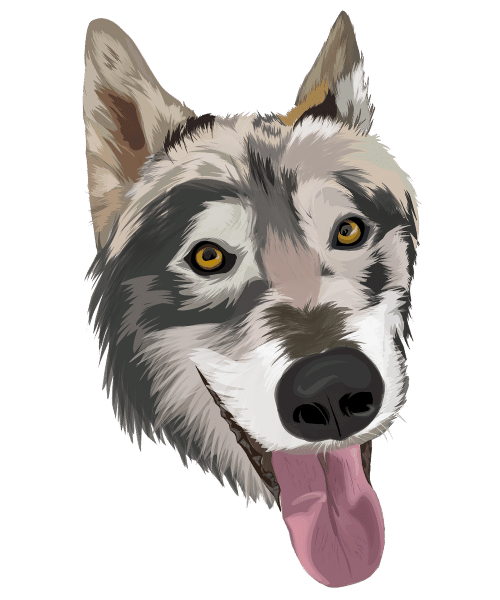
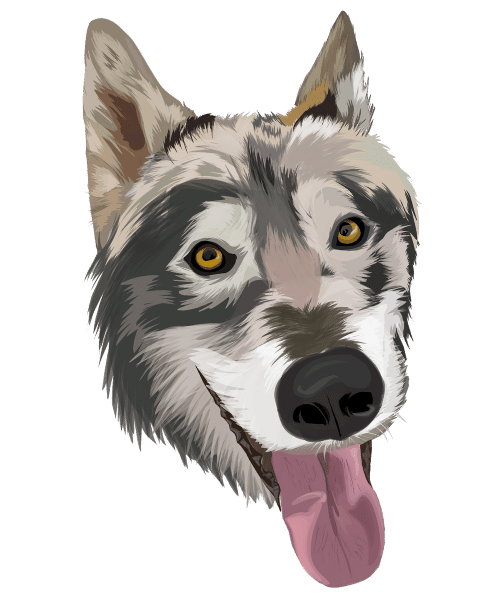

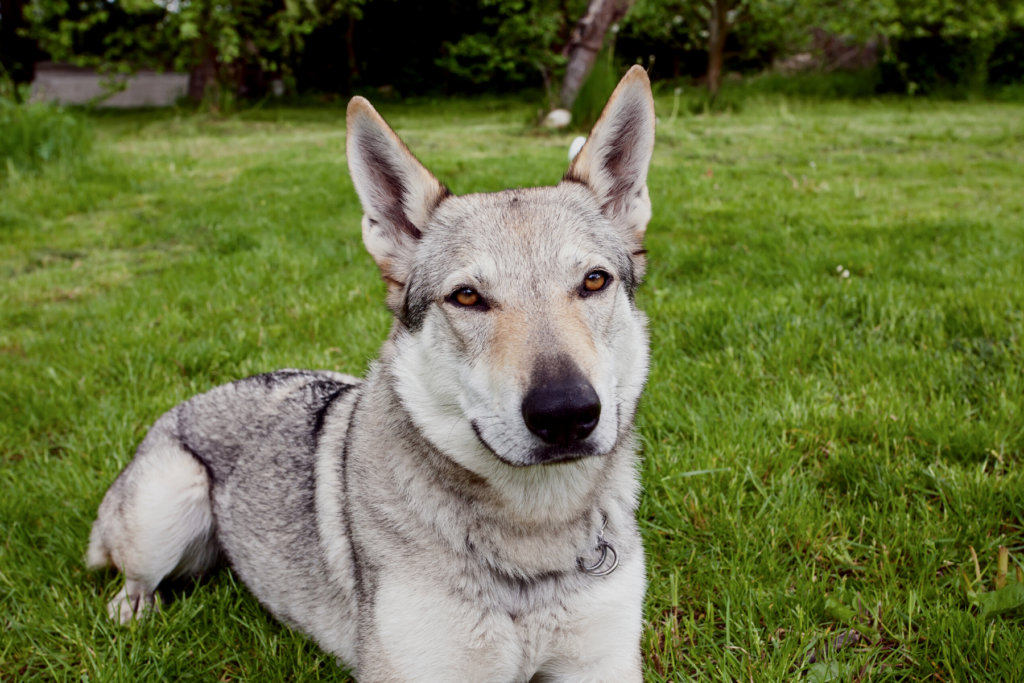
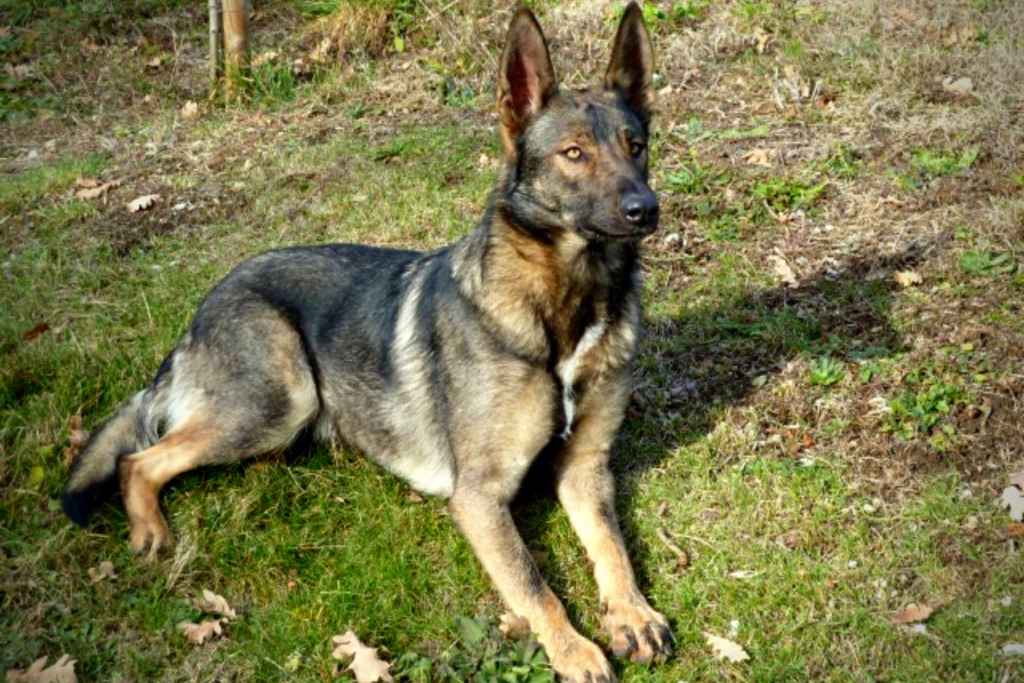
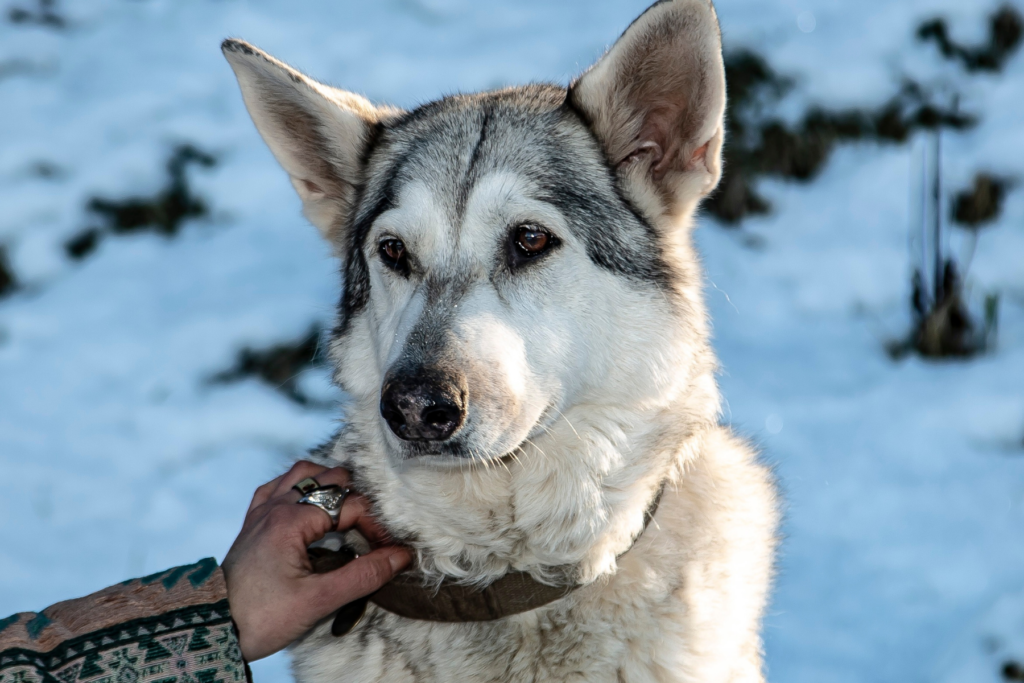
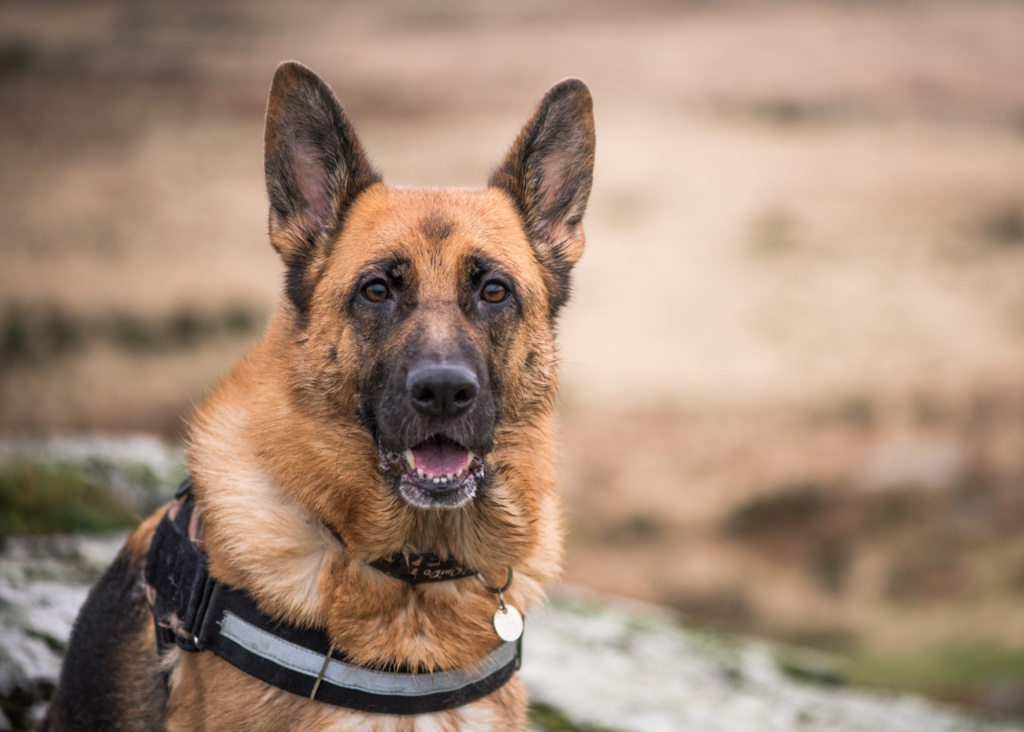
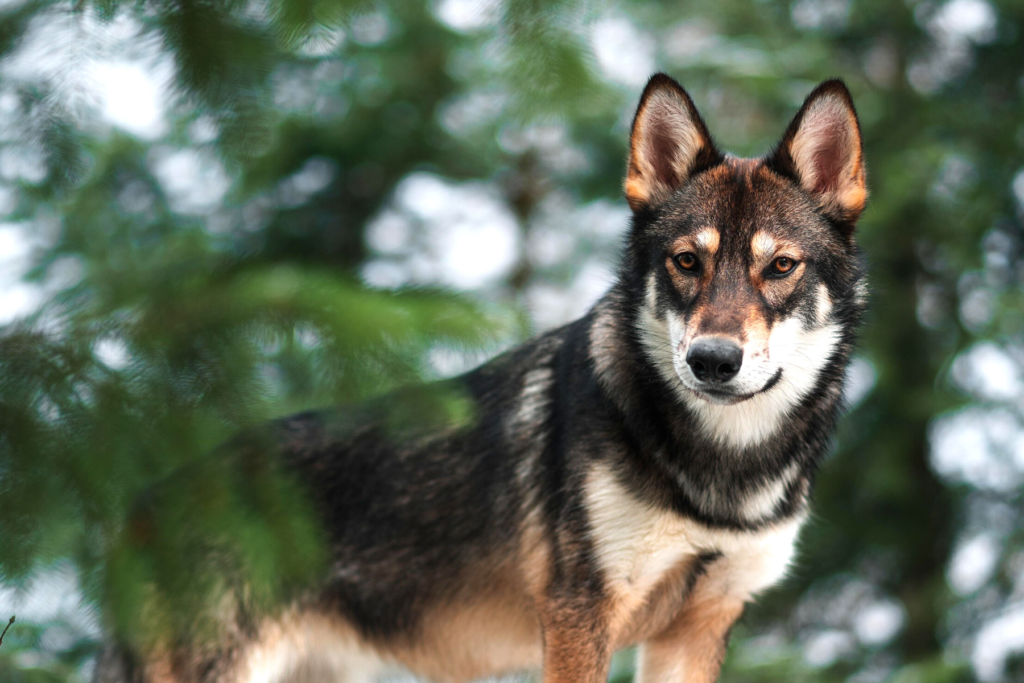
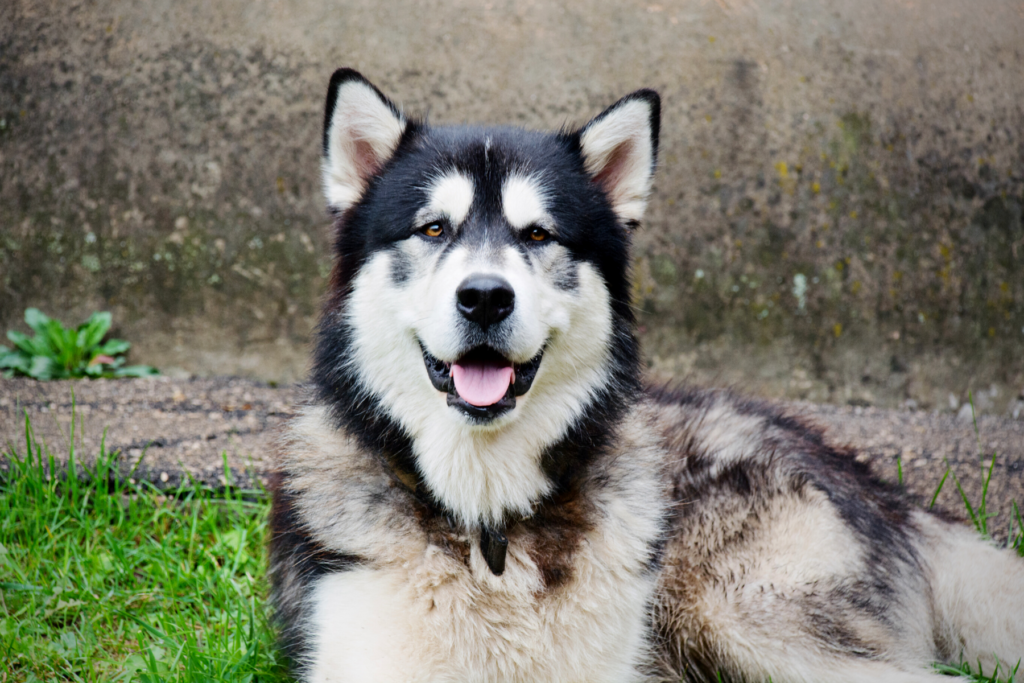
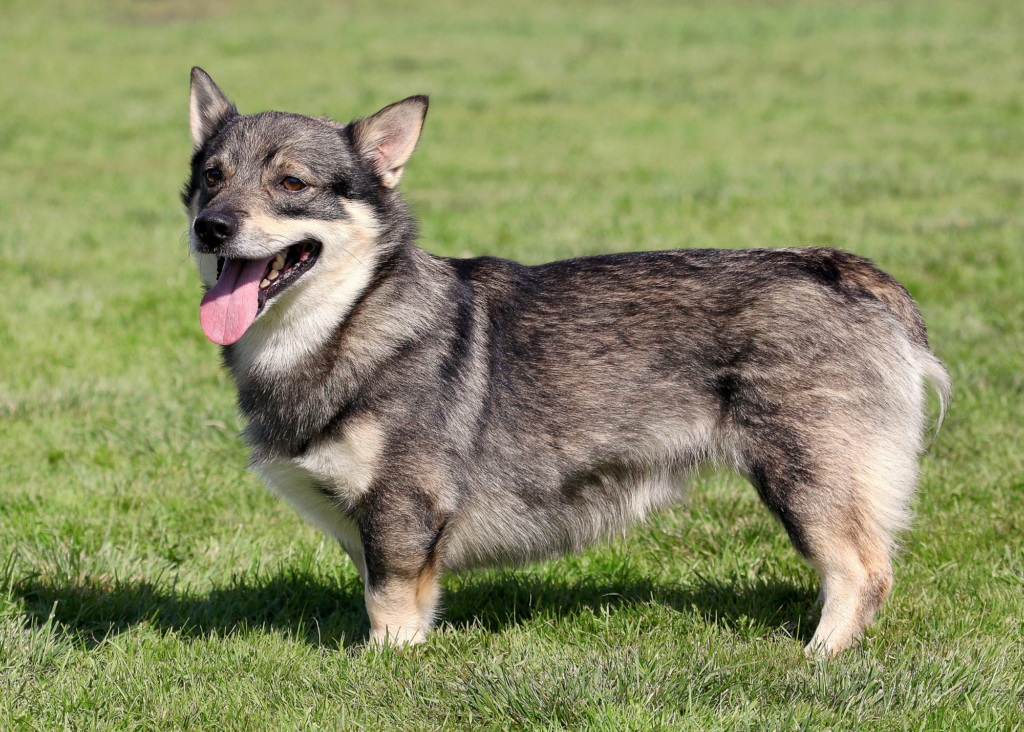
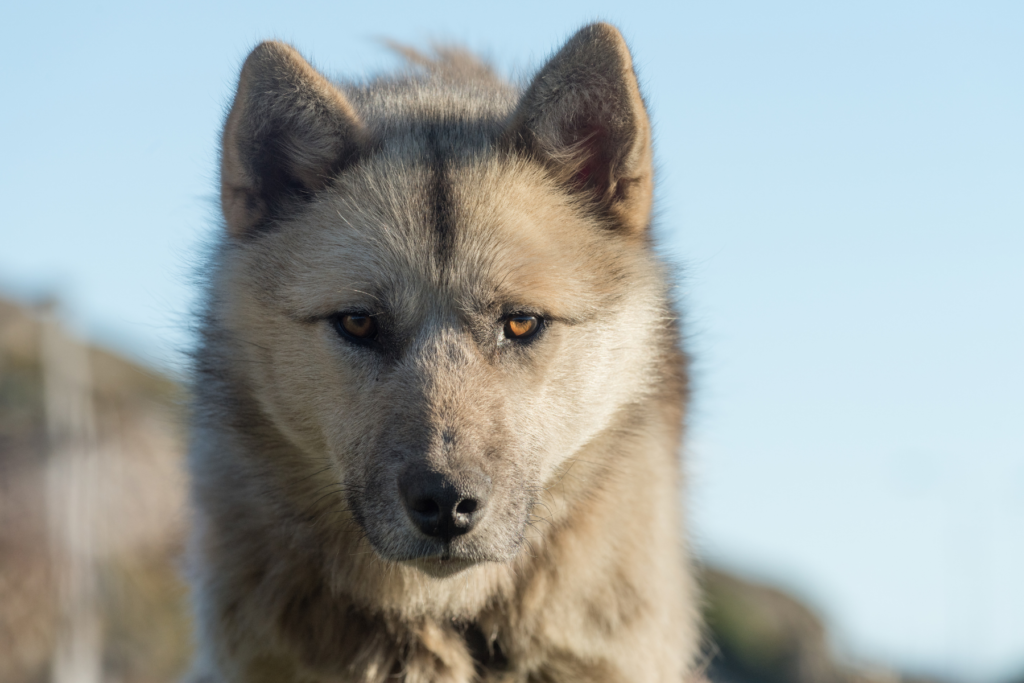
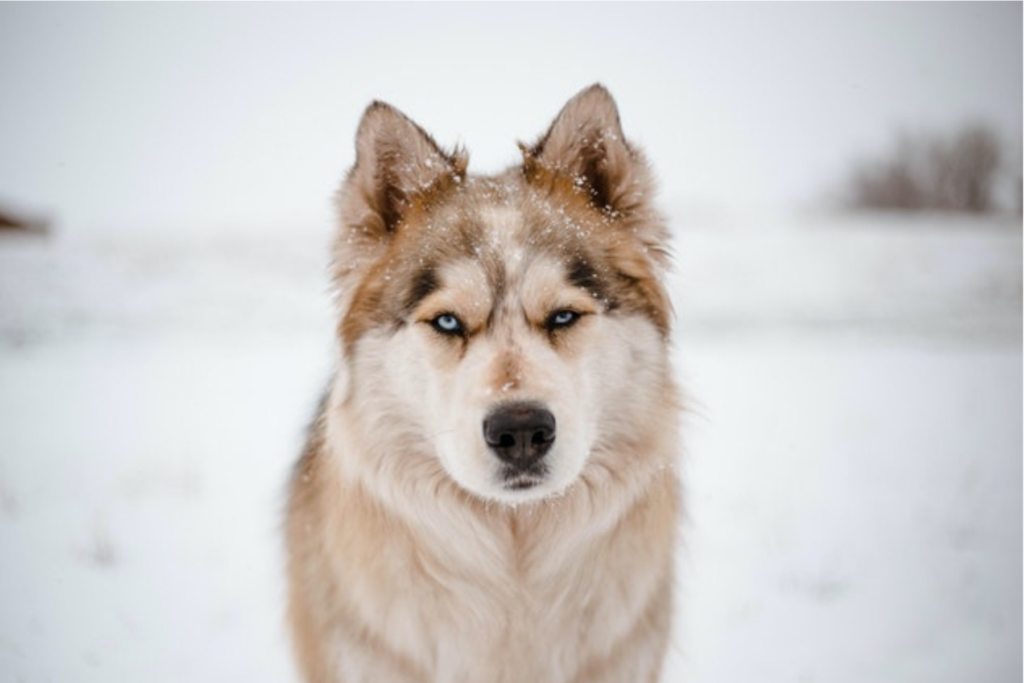

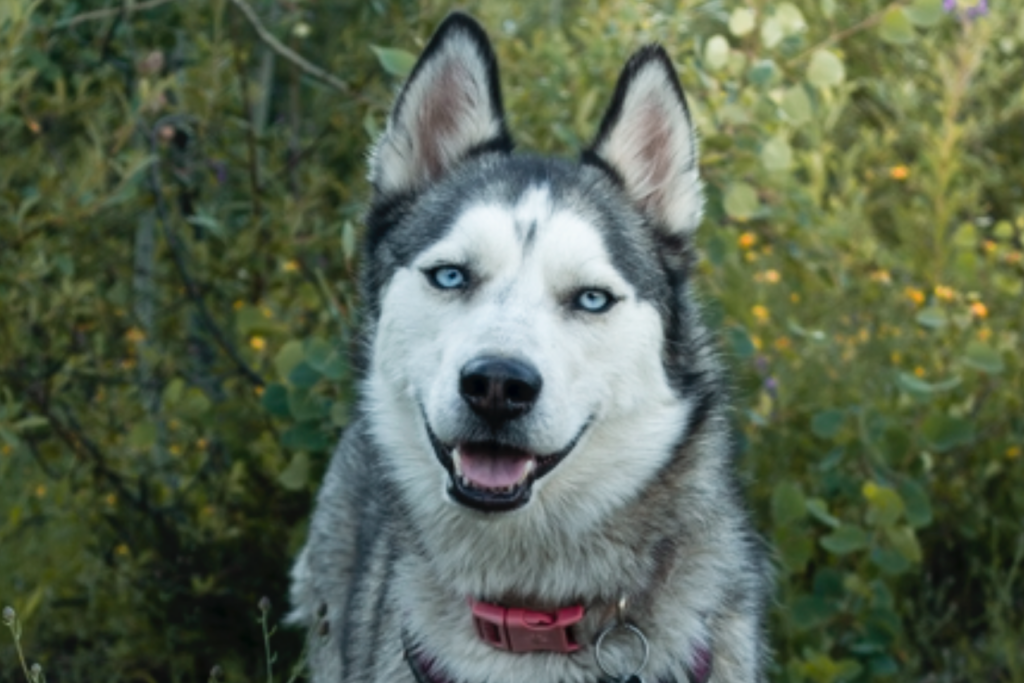
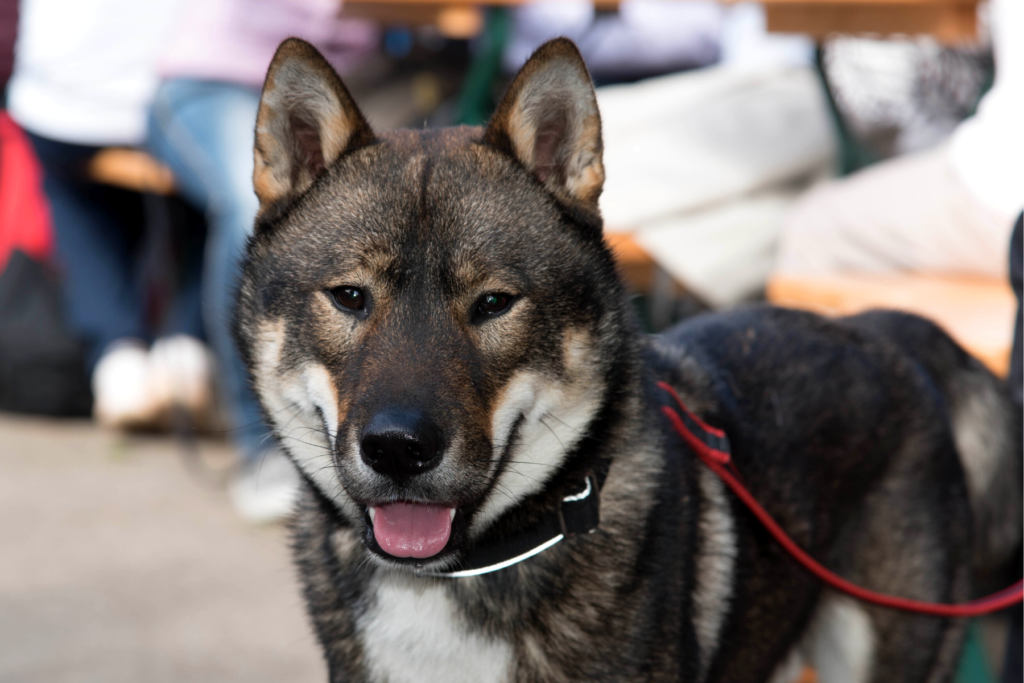
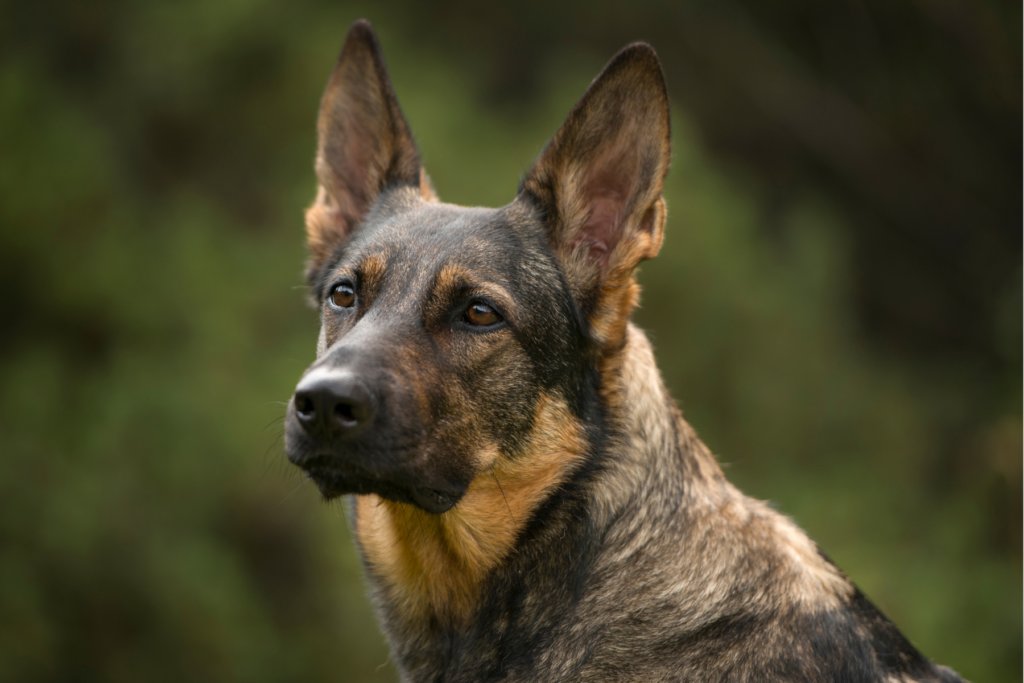

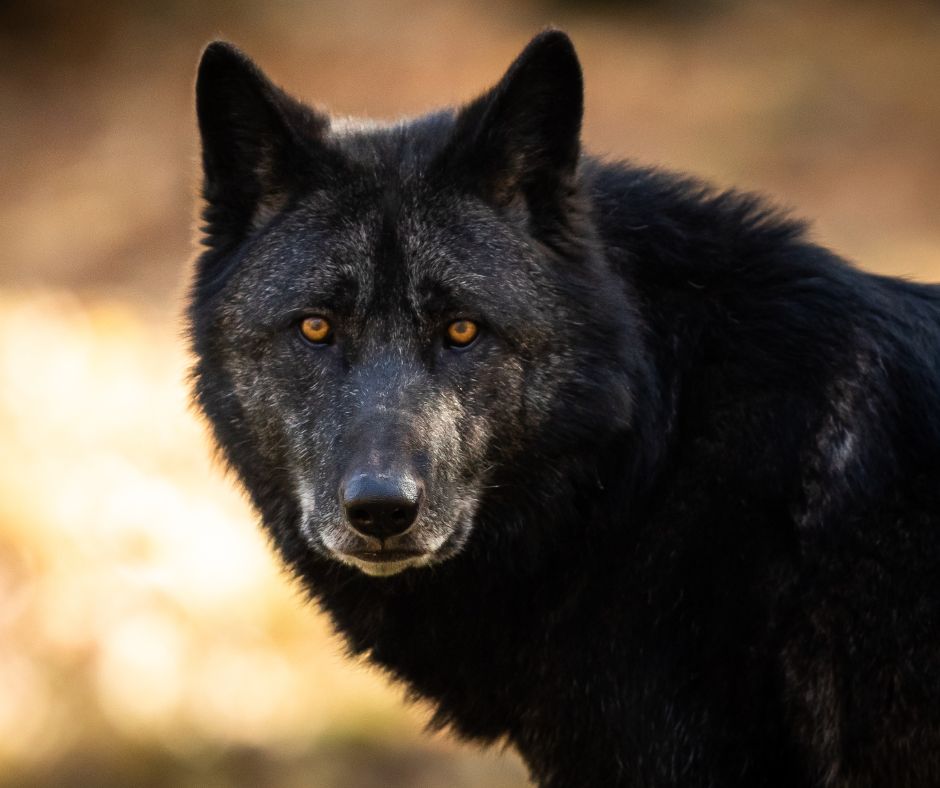
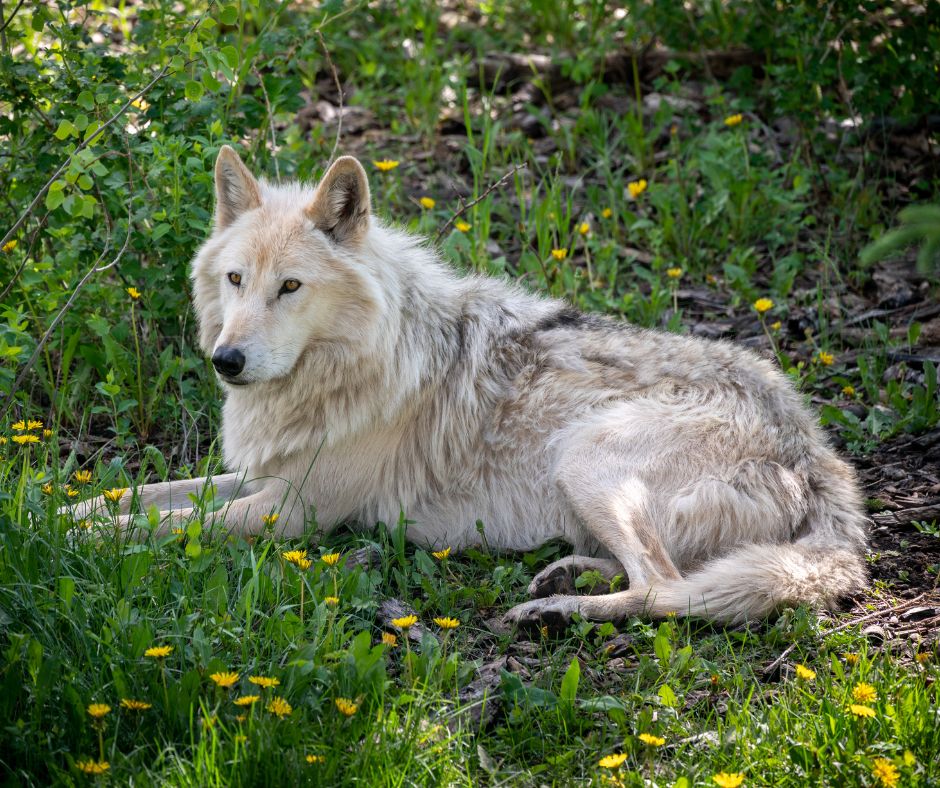
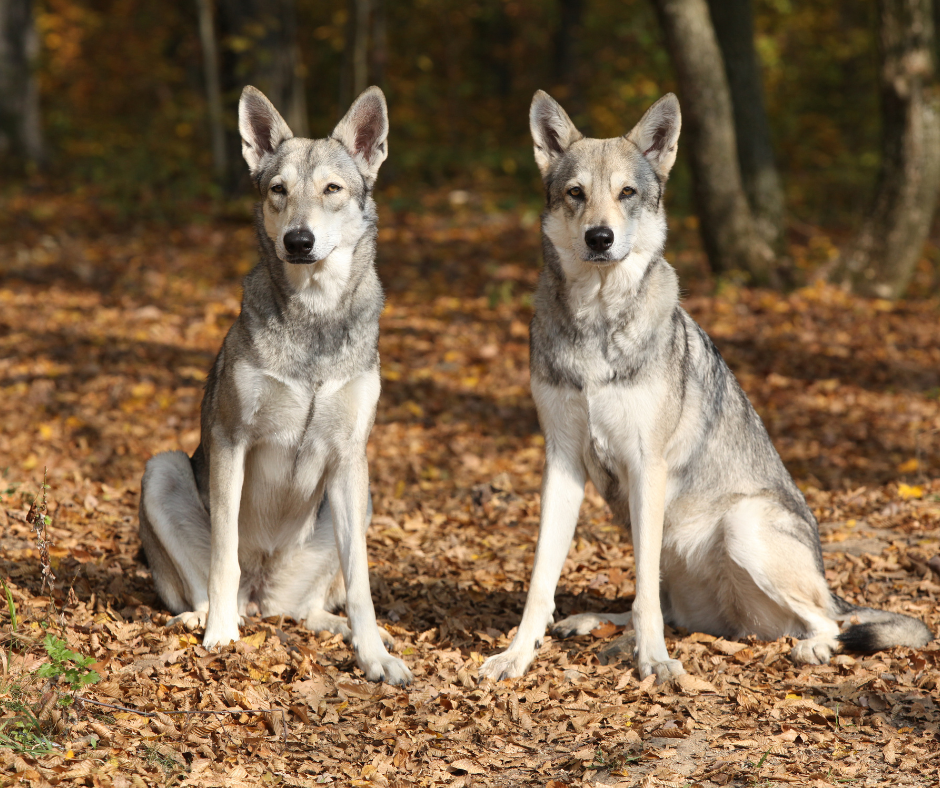
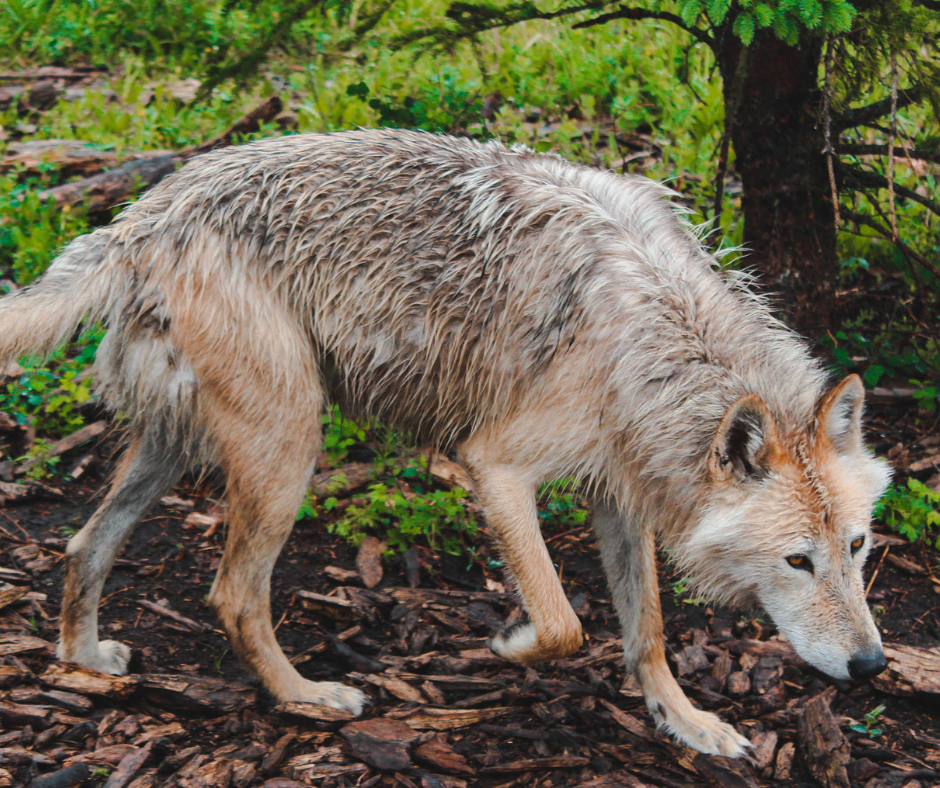
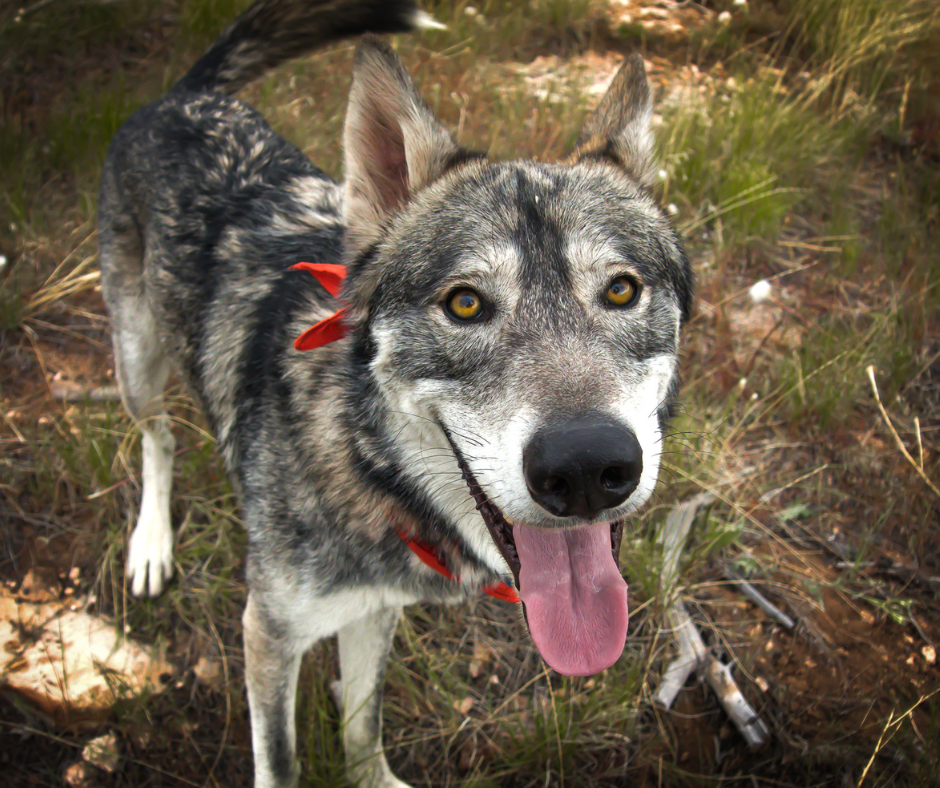
I’m trying to find y what kind of dog I have her daddy is full blooded wolf and her mother is a full blooded lab. She is 7 months old and getting big. Her hair is short she is bluish grey. Can you help determine what she is
Your best bet at figuring out what kind of pup you have is to order an Embark DNA kit! 🙂 Hope that helps!
I raised a 86 percent Artic Timber wolf and 14 percent Husky. I got him at 9 weeks old till he died at 17. You don’t pick a wolf animal they pick you. Demon to this day is my soul mate. He grew up with my kids and grandkids. Never a vicious threat against anyone.
Cool